Mars News & Features

20 Years After Landing: How NASA’s Twin Rovers Changed Mars Science
This month marks the 20th anniversary of Spirit and Opportunity’s landing on Mars, part of a mission whose legacy will extend far into the future. In January 2004, twin NASA rovers named Spirit and Opportunity touched down on opposite sides…
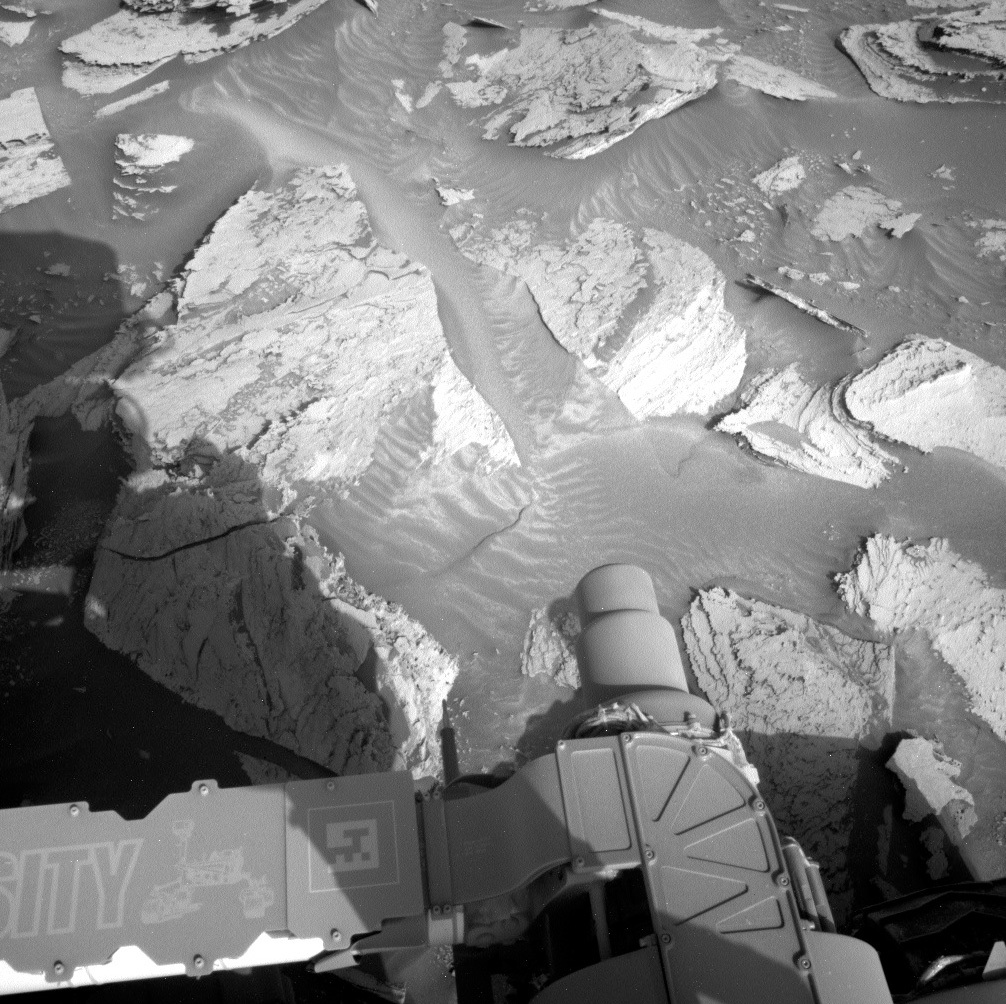
Sols 4032-4034: How Rocks Say Don’t Touch
As we climb through the terrain, which is beautiful to look at with its steep topography, we are on the lookout for all the differences in the rocks.

Autonomous Systems Help NASA’s Perseverance Do More Science on Mars
A computer pilot helps NASA’s six-wheeled geologist as it searches for rock samples that could be brought to Earth for deeper investigation. In about a third of the time it would have taken other NASA Mars rovers, Perseverance recently navigated…

Why – and How – NASA Gives a Name to Every Spot It Studies on Mars
Martian maps are full of monikers recognizing places on Earth, explorers, and even cartoon characters. NASA’s Perseverance rover is currently investigating rock outcrops alongside the rim of Mars’ Belva Crater. Some 2,300 miles (3,700 kilometers) away, NASA’s Curiosity rover recently drilled…
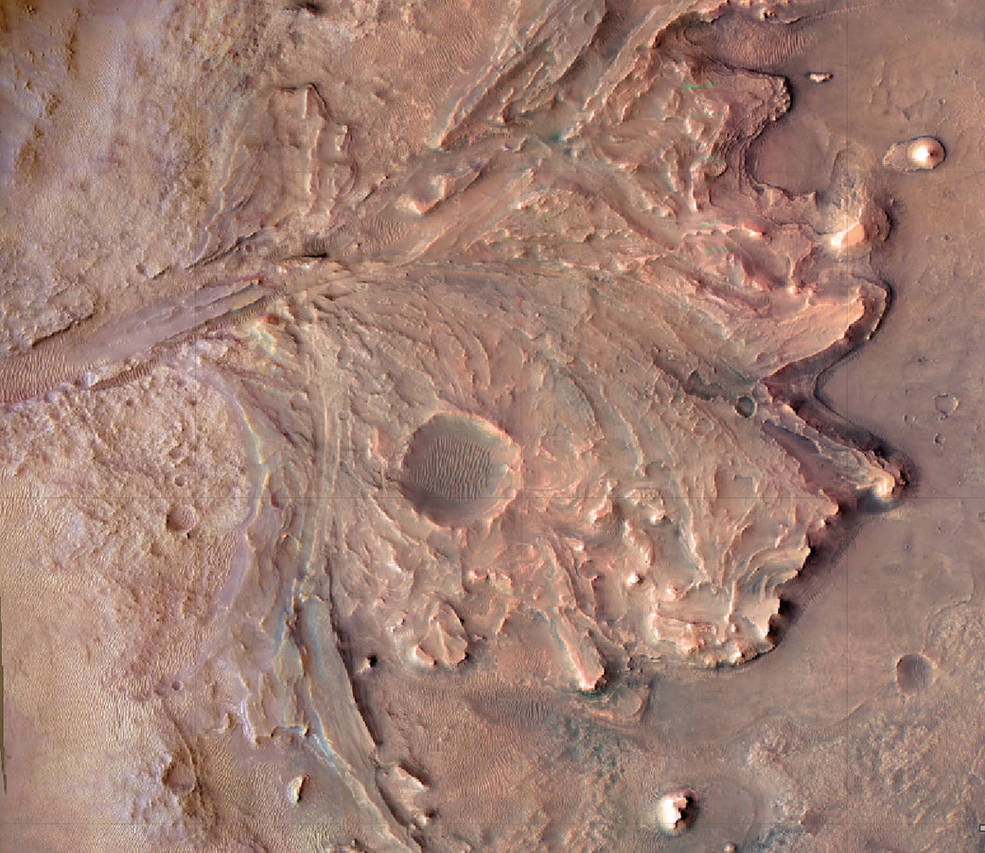
Why – and How – NASA Gives a Name to Every Spot It Studies on Mars
Martian maps are full of monikers recognizing places on Earth, explorers, and even cartoon characters.
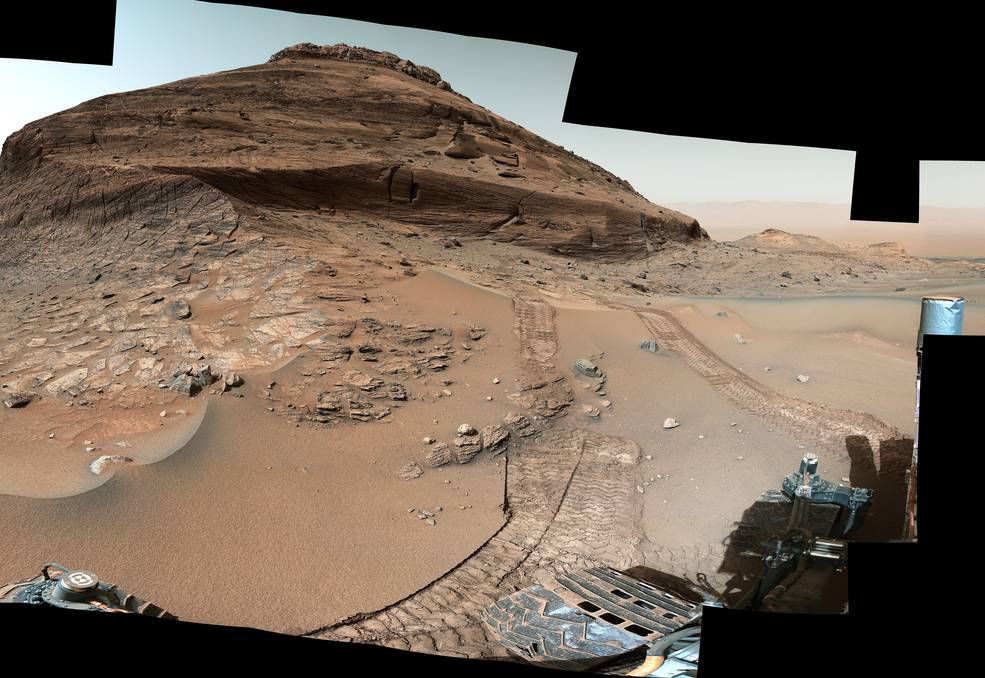
NASA’s Curiosity Mars Rover Gets a Major Software Upgrade
The update brings loads of improvements, the most significant being new driving capabilities.
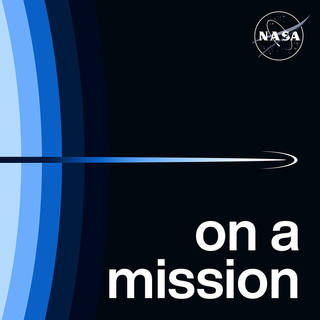
Before You Can Drive, First You Have to Fly – S4E9
Subscribe via Apple Podcasts Subscribe via Google Play Subscribe via SoundCloud Subscribe via RSS Feed Transcript (music) NASA Launch Control: T-minus 15 seconds… Narrator: When a Mars rover is on top of a rocket, ready to leave Earth, it is not simply…

How to Drive a Mars Rover – S4E8
Subscribe via Apple Podcasts Subscribe via Google Play Subscribe via SoundCloud Subscribe via RSS Feed Transcript Vandi Verma: Hi, I’m Vandi Verma. I’m the chief engineer of Mars Perseverance robotic operations, and the deputy section manager of the Mobility and Robotic Systems…

Sols 3553-3554: 10 (Earth) Years Later
Tosol we uplinked a two-sol plan as Curiosity continues to navigate "Paraitepuy Pass."
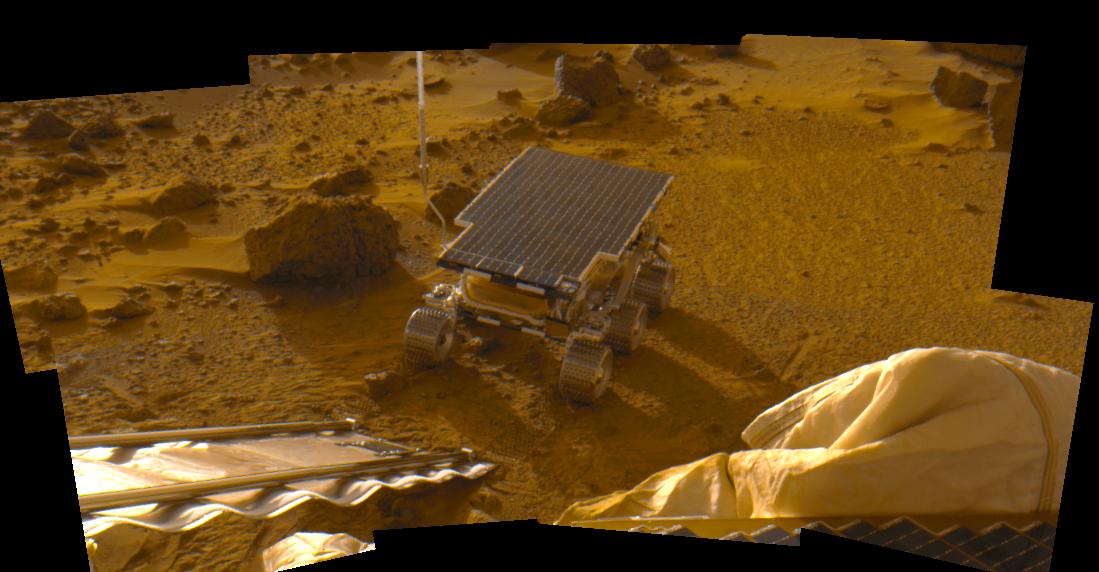
NASA Marks 25 Years Since Pathfinder Touched Down on Mars
When a daring team of engineers put a lander and the first rover on the Red Planet a quarter century ago, they changed how the world explores. On a July evening in 1997, Jennifer Trosper drove home from work at…
